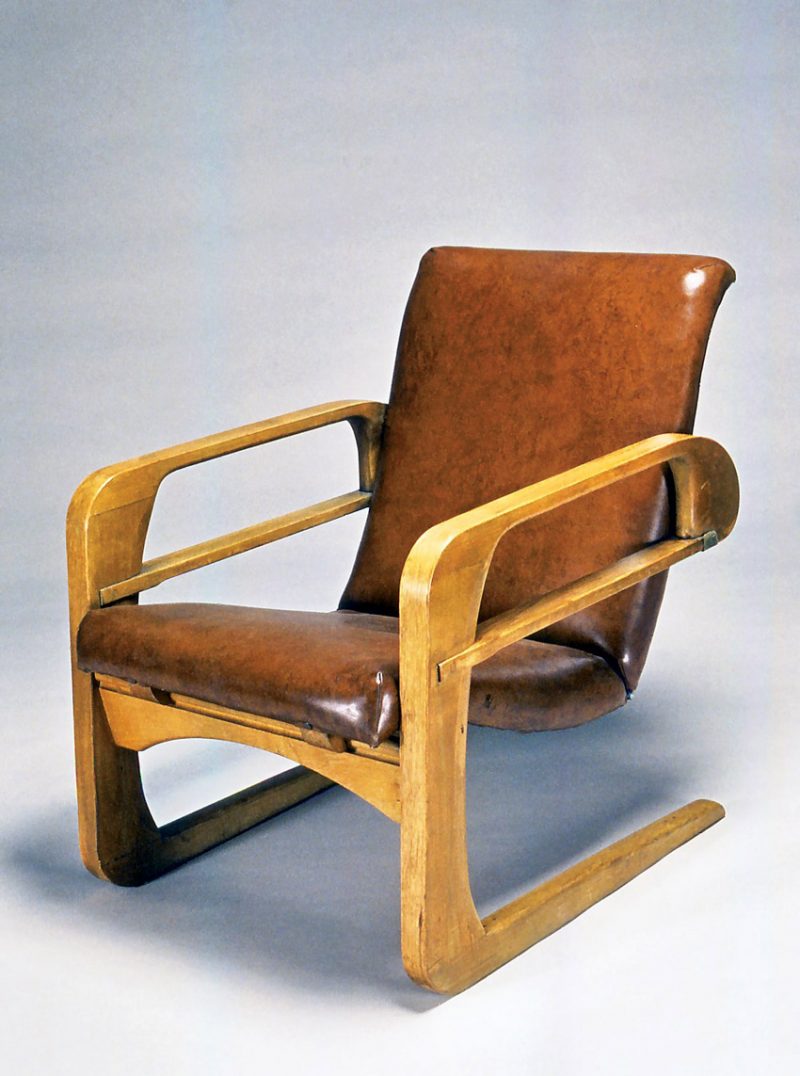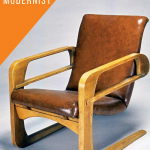German-born Karl Emanuel Martin “Kem” Weber made his career in design with the goal of responding to “structural, economic, and social requirements . . . characteristic of our daily routine of living.” His pieces combine sleek design with efficiency and comfort. When Kem Weber designed a piece, it would be the most comfortable and ergonomic possible. His pieces embodied modernism as well as the fashion of the time, and he created several pieces that added to the definition of iconic modernist style.
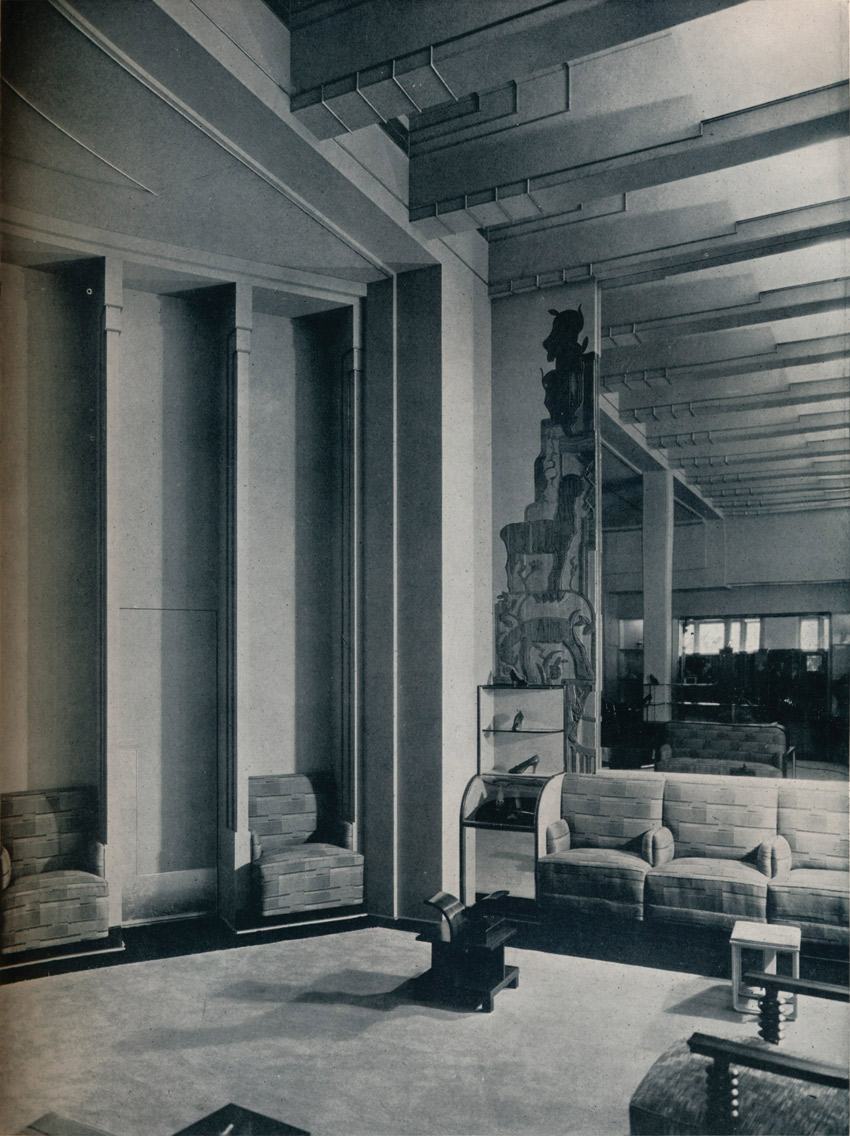
From Stranded to Stardom
Kem Weber’s American-based career started after he was denied re-entry into Germany, due to the outbreak of World War I. Weber turned his devastation into to innovation and became a U.S. citizen in the early 1920s; he opened his first business in California, dealing primarily in furniture. Weber had originally trained under a royal cabinetmaker before he enrolled in an applied arts school in Berlin, and his interests shifted from cabinetry to design as a whole.

With his background and eye for detail, he was discerning when it came to furniture and architecture, and it was no surprise that Weber soon found success in his new American home.
Kem Weber’s Iconic Works
One of Weber’s most famous designs, the Airline chair, was massively successful both commercially and in the designer sphere, coming to define what “streamlined” style meant. He specifically designed the chair for self-assembly in one’s home, an unusual feature for furniture of the 1930s. Weber wanted the piece to be comfortable, stylish and affordable, and even founded his own manufacturing company for the Airline to be produced to his specifications.
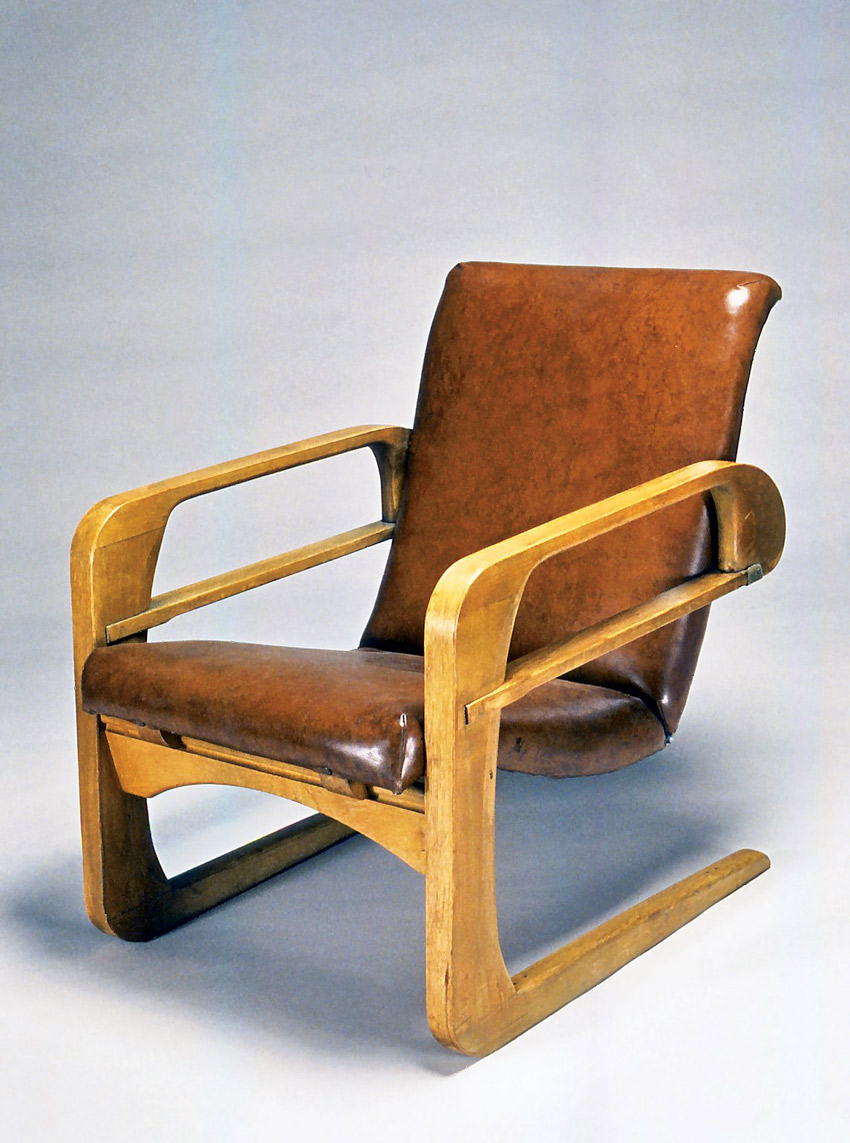
Weber’s career also brought him to California icon Walt Disney’s doorstep. Disney charged Kem with a whole house approach to outfitting a “utopian complex” and studio which not only resulted in the creation of the Airline Chair, but also a about a dozen designs for the “perfect” animation desk for Disney’s staff of animators. The desks specs were customized to the type of animator the staffer was which determined the precise angles and features the desk should possess.
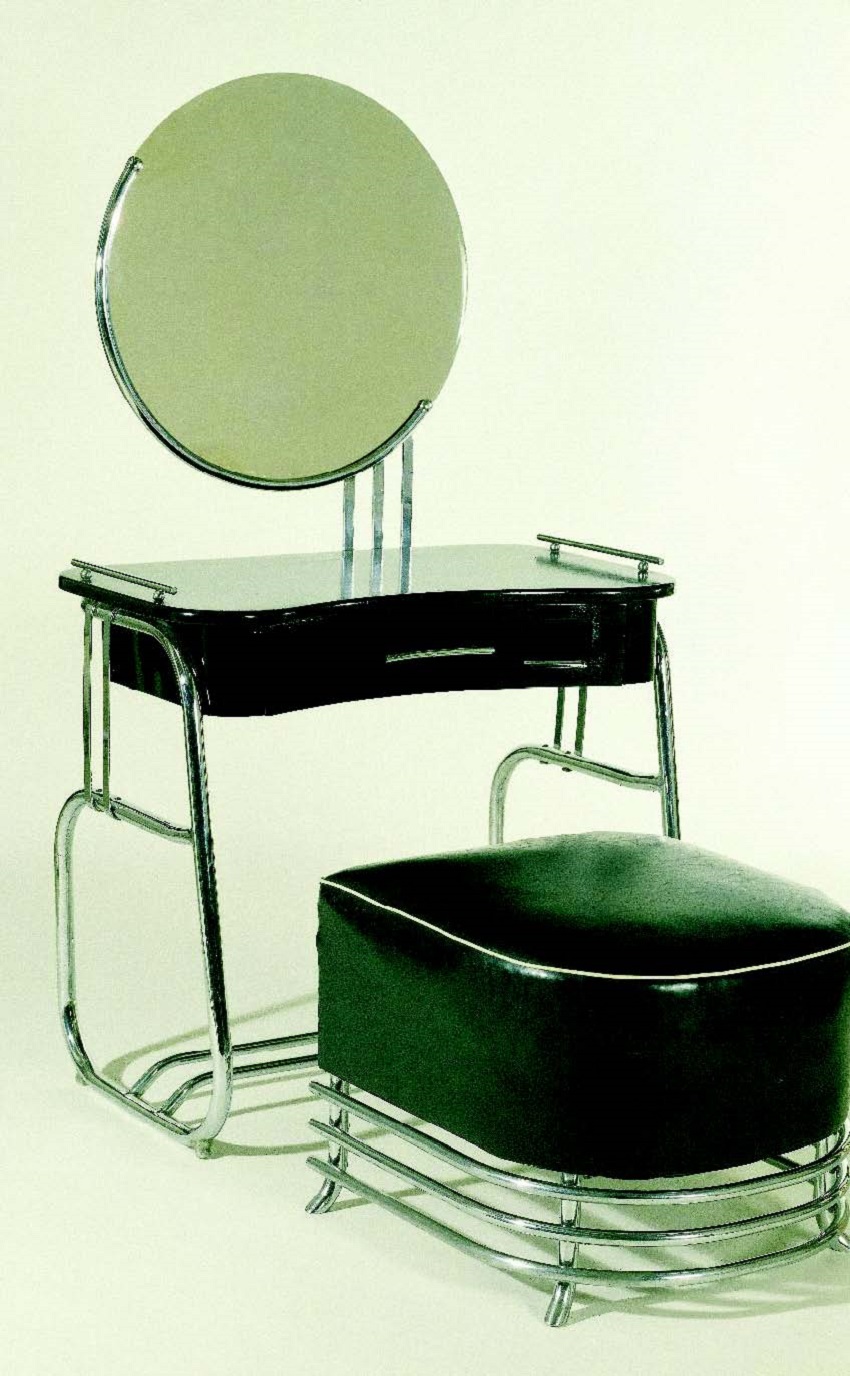
Clean, streamlined and a reflection of a rapidly evolving time in America’s history, Kem Weber’s designs have had a lasting legacy on both modern design but also modern history.
Looking for more history on iconic designers? Check out this post on Florence Knoll.
And of course, don’t forget to follow us on Instagram, Facebook and Pinterest for more Atomic Ranch articles and ideas!

